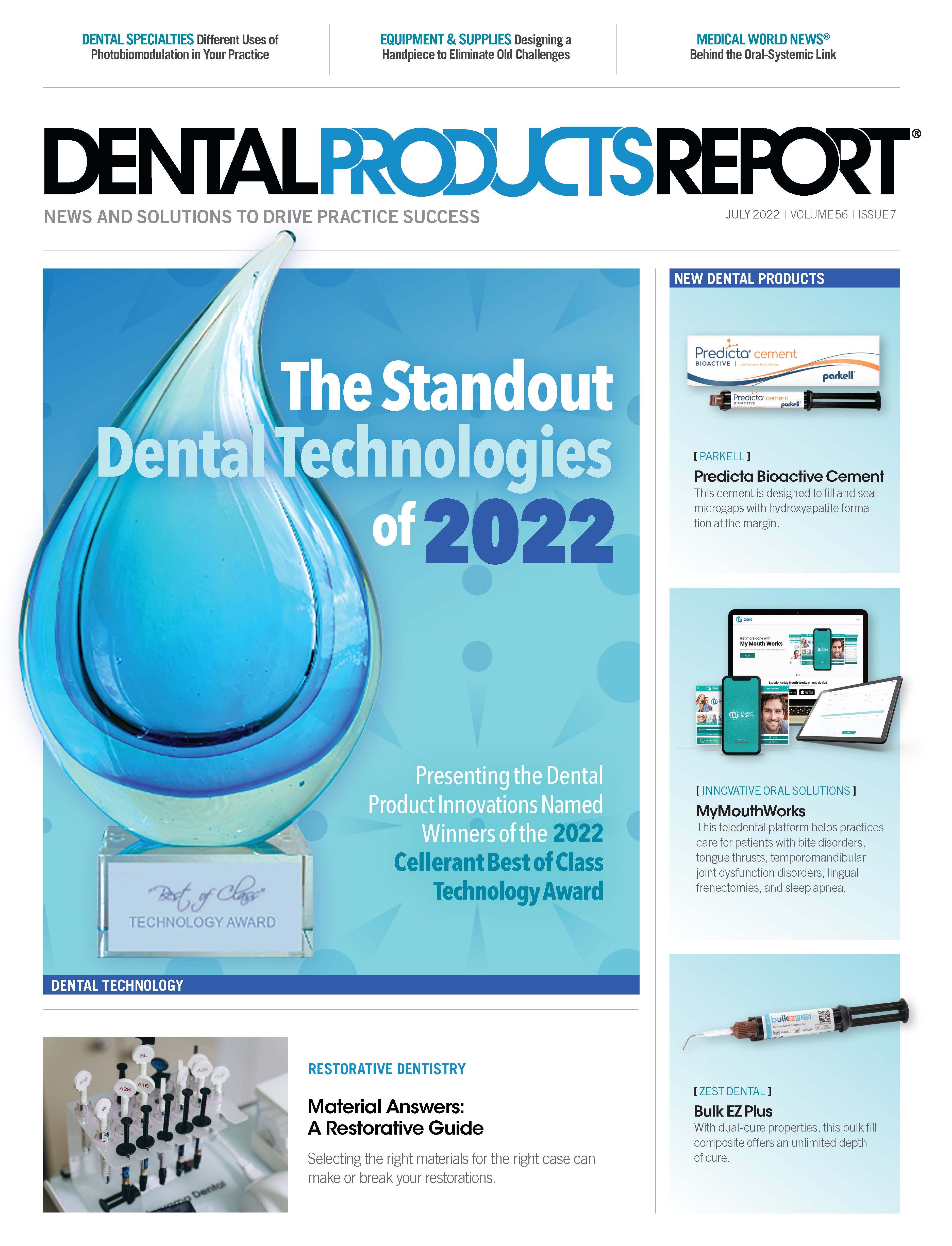Chlorhexidine: High Risk, Low Reward
Chlorhexidine's risks make it too much of a gamble to use.
©Studio Romantic/stock.adobe.com

Do you get a thrill from flashing lights, packed tables, and big bets? If so, Las Vegas may be for you. But dentistry is not as easy as choosing red or black on the roulette wheel. There are many high-stake risks that you may not be aware of, including the dangers of using chlorhexidine. For decades chlorhexidine was seen as the gold standard, but because of its ability to kill bacteria, we often overlooked its downsides, such as staining, calculus buildup, and loss of taste. But there are even more negatives, and the odds are not in your favor.
The Risks
- Inactivation by Blood and Saliva
Unlike the Las Vegas desert, the mouth is not a traditionally dry place. Liquids such as blood, saliva, and even toothpaste are shown to greatly disrupt the antiseptic property of chlorhexidine.1 Studies suggest patients should wait 30 minutes after rinsing with chlorhexidine before introducing other dental products and wait up to 1 hour before eating or drinking to avoid inactivation.2
- Inhibition of Fibroblasts
When using chlorhexidine, it is important to recognize the impact it has on the fibroblast’s formation on the periodontal ligament. Studies show that chlorhexidine damages fibroblasts as well as other collagen-generating cells.3 The formation of these cells is an essential part of the healing process associated with periodontal therapy. If not formed properly they can cause reattachment issues and delayed healing, leaving your patient with a less-than-desirable outcome.
- Allergic Reactions
Between 1969 and 2015, more than 52 cases of anaphylaxis from chlorhexidine use were reported in the US. Of these cases, 2 resulted in death post-dental extractions.3 It takes 1200 ppm of chlorhexidine to achieve results, so it should not be used post-surgery or on any open wound.4
Chlorhexidine was not designed to be used as a rinse for periodontal therapy, implants, or extractions. It was designed solely for use in managing inflammation, swelling, and bleeding of gingivitis, and it should be discontinued after 2 weeks.4 Off-label use of chlorhexidine can cause severe damage.
Jackpot
The Alternative
Rinses with activated chlorine dioxide do not come with the same risks as chlorhexidine. Professional rinses are not found over the counter and must be distributed by a licensed professional. Not only is activated chlorine dioxide able to kill the same bacteria that chlorhexidine can, but it is able to do it faster and with fewer parts per million. Because chlorine dioxide is a gas it is able to dissipate from the tissues quickly, leaving no long-term effects. Not only is it great at removing bacteria but it is also proven to remove viruses and fungi and neutralize volatile sulfur compounds more effectively than other products.
References
- Sheen S, Owens J, Addy M. The effect of toothpaste on the propensity of chlorhexidine and cetyl pyridinium chloride to produce staining in vitro: A possible predictor of inactivation. J Clin Periodont. 2001;28(1):46-51. doi:10.1034/j.1600-051x.2001.280107.x
- Tsourounakis I, Palaiologou-Gallis AA, Stoute D, Maney P, Lallier TE. Effect of essential oil and chlorhexidine mouthwashes on gingival fibroblast survival and migration [published correction appears in J Periodontol. 2014 Jun;85(6):876]. J Periodontol. 2013;84(8):1211-1220. doi:10.1902/jop.2012.120312
- Wyganowska-Swiatkowska M, Urbaniak P, Szkaradkiewicz A, Jankun J, Kotwicka, M. Effects of chlorhexidine, essential oils and herbal medicines (salvia, chamomile, calendula) on human fibroblast in vitro. Cent Eur J Immunol. 2016;41(2):125-131. doi:10.5114/ceji.2016.59739
- FDA warns about rare but serious reactions with the skin antiseptic chlorhexidine gluconate. FDA. Updated February 9, 2017. Accessed May 17, 2022. https://www.fda.gov/drugs/drug-safety-and-availability/fda-drug-safety-communication-fda-warns-about-rare-serious-allergic-reactions-skin-antiseptic
